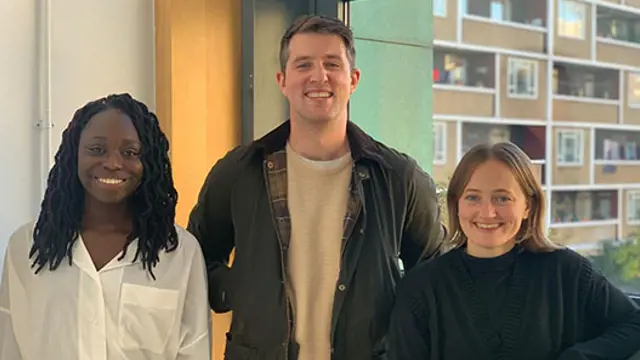Moving towards building more energy-efficient homes

Three members of Peabody’s Design & Technical team have recently received accreditation from the Passive House Institute (PHI) in Germany; reaffirming our commitment to make our homes more energy-efficient and to tackle fuel poverty.
Published: 23/11/2021
Peggy Bokiki and Adam Hopkins are now certified Passive House Consultants, and Catriona McCulloch is certified as a Passive House Designer. All three undertook a six-week course to learn the Passive House standards, design principles, methodologies, and how building performance is assessed though the design stage and subsequently certified ‘as-built’.
David Stronge, Peabody’s Design & Technical Director, said: “We are committed to designing and building more objectively high-quality and energy-efficient homes for our residents. We want all our new homes to be sustainably designed and constructed, for the present and for future generations. Having people with Passive House accreditation makes us a better-informed client to commission, design and build new homes that demand less energy, making them more affordable for our residents.”
About the Passive House building standard
This is proven to achieve high levels of occupant comfort, while having an energy demand significantly lower (up to 90% lower) than an ordinary home. A home designed using Passive House principles considers five core areas: high-levels of insulation, air-tight construction, mechanical ventilation with heat recovery (MVHR), triple-glazed windows, and minimal thermal-bridging.
Occupants of a Passive House can expect uniform temperatures, no cold surfaces (eliminating condensation and mould-growth) or draughts, good air-quality, and low heating and cooling demand; the result of this is a ‘healthy’ home that costs less to run.
Contact us
Got specific questions about Peabody? We’re always happy to help.